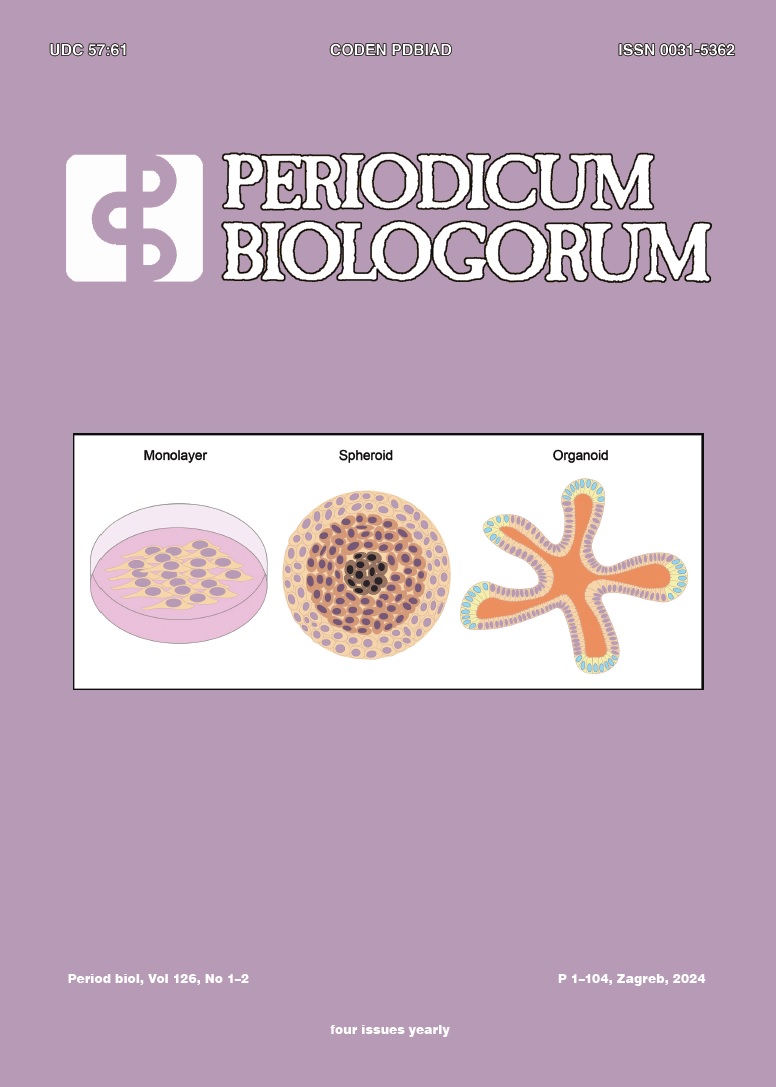Cytotoxic effect of tempol on human osteosarcoma
DOI:
https://doi.org/10.18054/pb.v126i1-2.31190Abstract
Background and purpose: In addition to the antioxidant activity of tempol, its high concentrations also act as a pro-oxidant that prevents the growth of cancer cells. The objective of our study is to determine if tempol exhibits cytotoxic properties that can be utilized in the cure of osteosarcoma.
Materials and methods: The human SCC-25 cell-line was provided from the American Type Culture Collection (ATCC) via cell culture. The cells were subjected to a 4 mM concentration of tempol for a duration of 48 hours. The cells were subjected to centrifugation, and the resulting liquid portion, known as the supernatant, was collected. The assessment of cell viability was conducted using the MTT test. The Bradford technique was employed to quantify the total protein content. The ELISA method was used to evaluate the expression and functionality of cleaved bax, caspase-3, and bcl-2. An unpaired Student's t-test was used to confront the parameters of the experimental and control groups.
Results: Bax, bcl-2 and cleaved caspase-3 levels in the control groups, respectively; It was determined as 1.035±0.1121, 7.083±0.8002 and 0.8017±0.2342. Bax, bcl-2 and cleaved caspase-3 levels in tempol applied groups were determined as 4.667±0.7601, 1.833±0.4766 and 8.018±0.8563, respectively.
Conclusion: As a result, tempol can be evaluated as an antitumor agent in the treatment of osteosarcoma with its cytotoxic effect.
Downloads
Published
Issue
Section
License
The contents of PERIODICUM BIOLOGORUM may be reproduced without permission provided that credit is given to the journal. It is the author’s responsibility to obtain permission to reproduce illustrations, tables, etc. from other publications.


